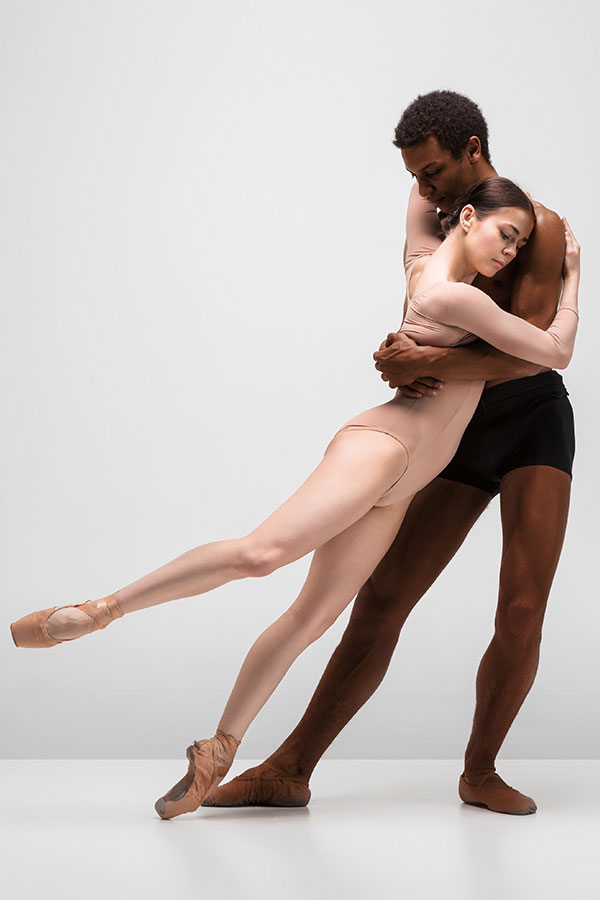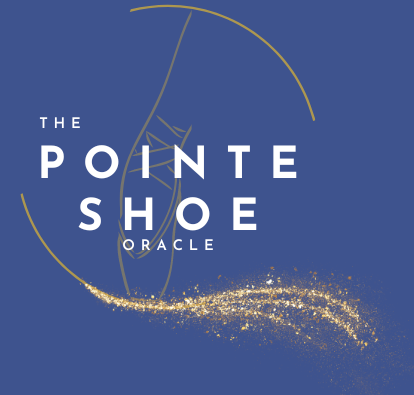FAQs
Home / FAQ
Common Questions
Frequently Asked Questions
Frequently asked questions about ballet shoe fitting, shoe care, etc.
Typically, you will be spending your time facing the barre working on two footed exercises during the first semester and/or year.
For new students it is best not to sew your new shoes until your teacher has approved them. Once your teacher has approved your shoes it is time to sew!
Most teachers like to go over this in class with first time pointe students. If you need additional assistance, here are two trusted videos.
We do, if you need them but not everyone needs spacers. If you do need spacers, less is more. Our TPO fitters usually start with what is the least invasive. Remember the box doesn’t have a lot of room to hold the toes and also allow them to be mobile enough to work the shoe. For more information, you can check out our blog post on spacers HERE .
There are quite a few products available for big toe pain,
Nicole’s number one go, The Gaynor Minden Dynamic Box Liner.
Box Liners hug the top and sides of the foot to keep it in place. By preventing the foot from sliding down into the box, they keep pressure off the big toe, this is not at all invasive or cumbersome and a great fix.
Some of our favorites kits that we continually recommend are the
Gaynor Minden Big Toe Kit
Cool Blue Ovals (take pressure off big toe)
Mushroom Cushions (protect sensitive big toe nails)
Gaynor Minden Totally Toes- Cool Blue Gel Crescent takes pressure off a longer 2nd toe. Cool Blue Gel Oval takes pressure off the big toe. The “ Mushroom” protects sensitive big toe nails. Dynamic Box Liner hugs the top and sides of the foot to prevent it from sliding down into the box, while
The following list should help.
The Composition and terminology of a Pointe Shoe:
- Binding: the fabric encasing the drawstring
- Box or Block: the stiff toe cup that encases the toes
- Box Liner: the soft fabric that lines the inside of the box
- Crown: The top of the shoe that runs from throat to the platform used to describe the height of the shoe crowning the toes
- High Profile: a pointe shoe box, often cylindrical, with a relatively large space between the outer sole and the top of the foot
- Low Profile: a pointe shoe box with a generally flat shape and a relatively small space between the outer sole and the top of the box
- Outer Sole: the bottom part of the shoe, usually made of synthetic or leather, which is in contact with the floor when the dancer stands in the normal flat position
- Platform: the flat part of the pointe shoe on which the dancer balances when en pointe
- Shank: the stiff insole that provides support
- Sockliner: the soft fabric that lies directly underneath the foot and runs the length of the shoe
- Throat: the opening of the shoe nearest the toes
- Vamp: the part of the shoe that covers the tops of the toes and the foot
- Winged or Wing Box: a box with extra-long, stiff sides
Darning is the process of stitching around the platform of a pointe shoe.
Darning creates a broader, stronger and more stable platform. It can also help a rounded platform have a more defined edge which is very helpful for placement.
Tips for darning:
1.Use an old pair of pointe shoes the first time you attempt to darn pointe shoes.
2.The goal is to have the shoe stand alone on the platform when you have finished darning
- Use good thread, Suffolk has a nice kit. The Tendu thread is very good.
We at TPO highly recommend darning for traditionally made shoes.
Toe padding is really the individual preference of each dancer. Oftentimes the teacher has an opinion of what they would like their dancer to use as well.
At TPO, as I have mentioned before, “less is more” is our motto.
The mindset of many teachers who have danced on the stage professionally is that not wearing padding can help develop calluses which can be very helpful as a ballet dancer.
But that doesn’t mean you have to suffer with bruised bleeding or blistered toes.
Try cushioned tape for knuckles that rub and/or Box Liners from Gaynor Minden which are minimally invasive in the shoe. Paper towels and loose lambswool are very “old school” but still favored by many. However, these can be tricky when you’re doing a quick change. Thinner toe pads are also available, the Prima pad from Bloch is a nice option. There are some dancers who really need a bit more padding to feel comfortable, which is alright as long as the toes can still move and the dancer can control the shoe.
If a dancer is having a ton of pain after trying many different types of padding it is probably time for a new fitting. The right shoe can make all the difference!

